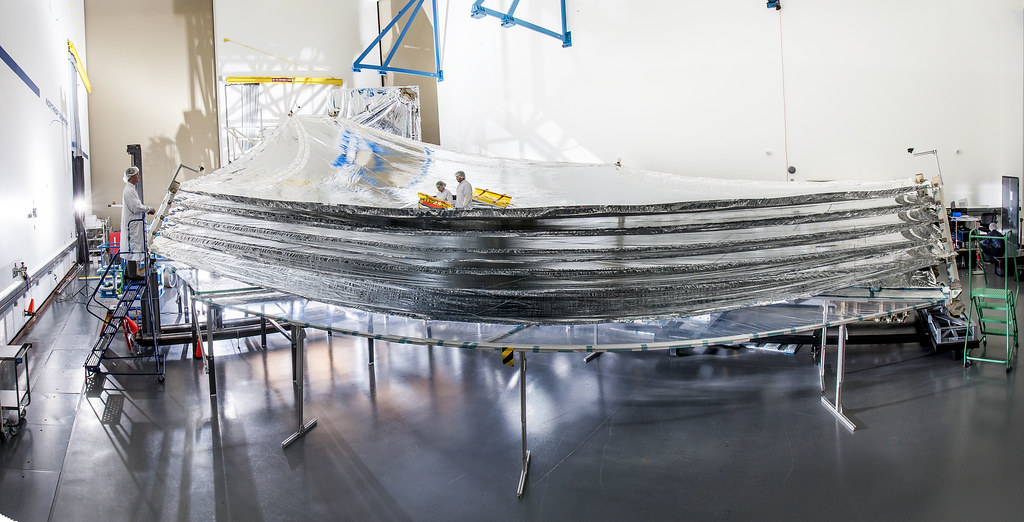Daily Do
Why does the sunshield need multiple layers that don’t touch?

Lesson Snapshot
High school students, as scientists, investigate definitions of energy, conservation of energy and energy transfer, and electromagnetic radiation to answer the following driving question: Why does the sunshield need multiple layers that don’t touch? Students begin by taking stock of what parts of the anchoring phenomena they have explained, and which they still need to figure out. Next, students discuss how they could plan an investigation to answer their questions about conduction, radiation, and the James Webb Space Telescope (JWST) sunshield layers. Students plan the investigation and develop an initial model of the investigation system. Next, they conduct the investigation and use a simulation to investigate conduction at the particle scale. Finally, students revise their investigation system models based on data from the investigation and simulation.
This lesson is Lesson 2 of the Energy Transfer in the JWST System Playlist
This playlist was created in collaboration with Northrop Grumman and supported by the Northrop Grumman Foundation.
Click the Download PDF button at the top of the page for the complete Lesson Plan.
Materials
Student Materials
Per Group of Four
- infrared thermometer
- scissors and ruler
- tapes
- aluminum foil
- inside of chip bags
- cardstock/poster
- metal block (not aluminum)
- timer
- heat lamps
- safety glasses with side shields or safety goggles
- Internet-connected device
Per Student
Teacher Materials
Optional Teacher Resources






